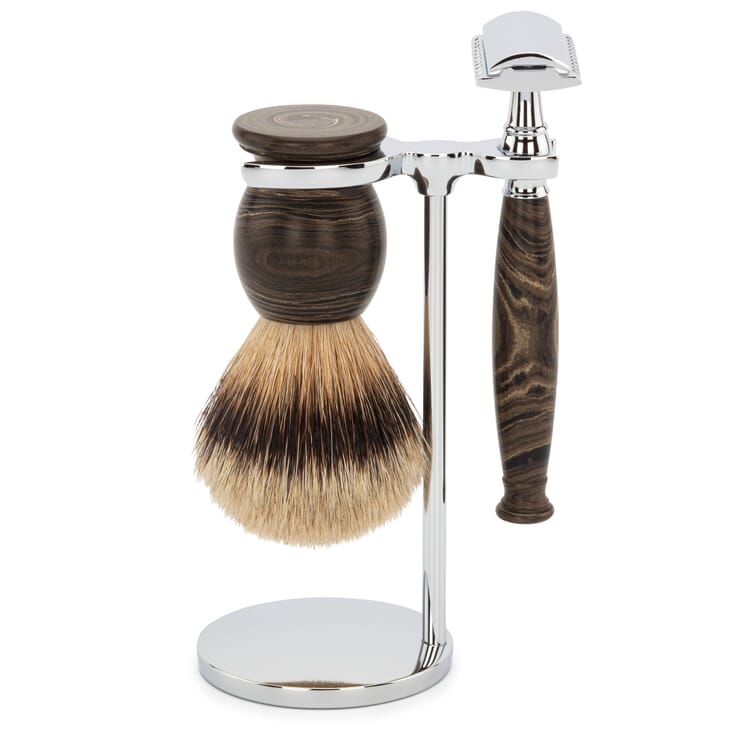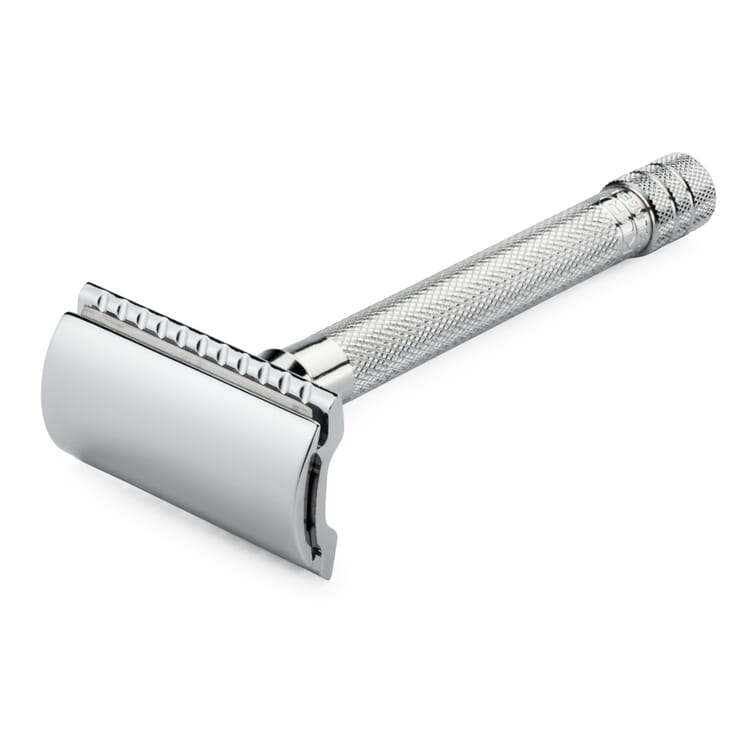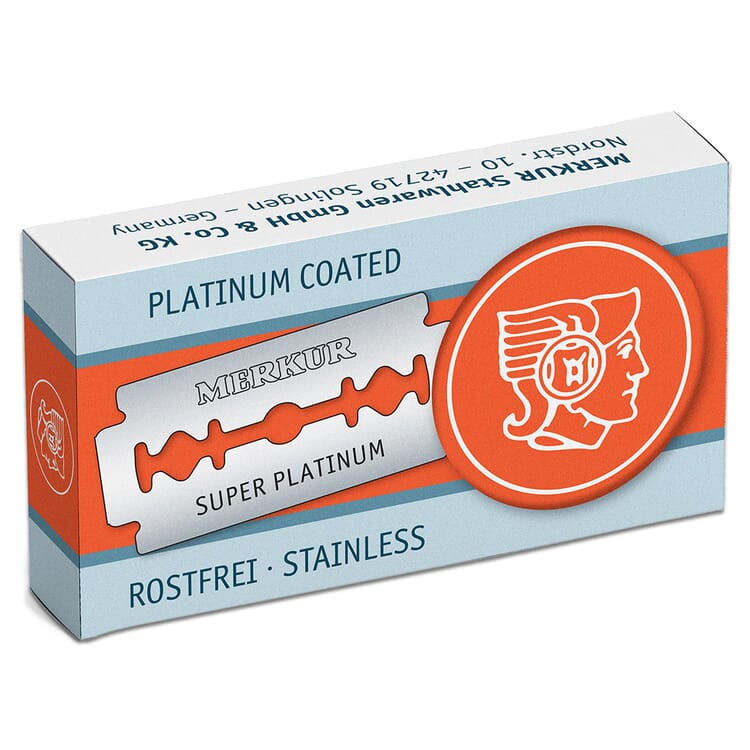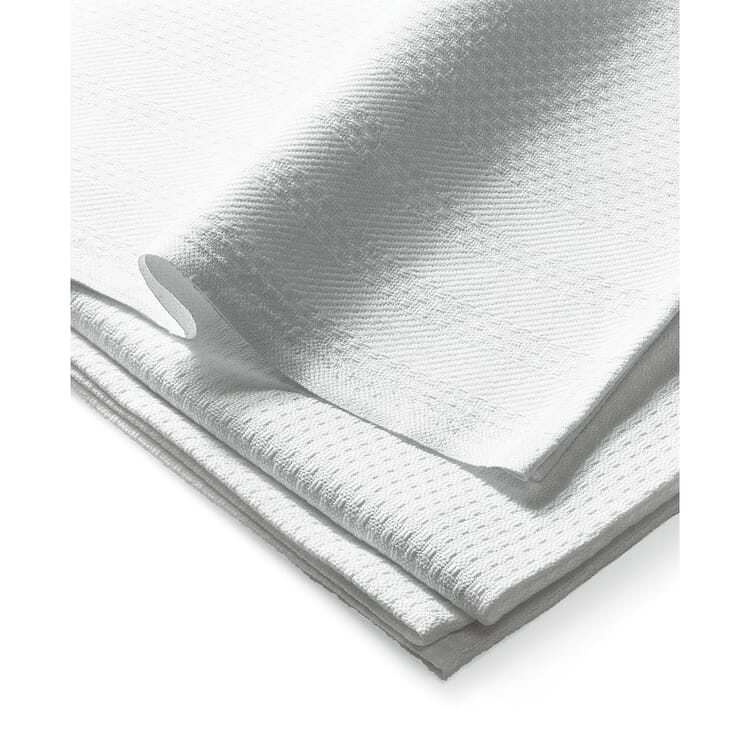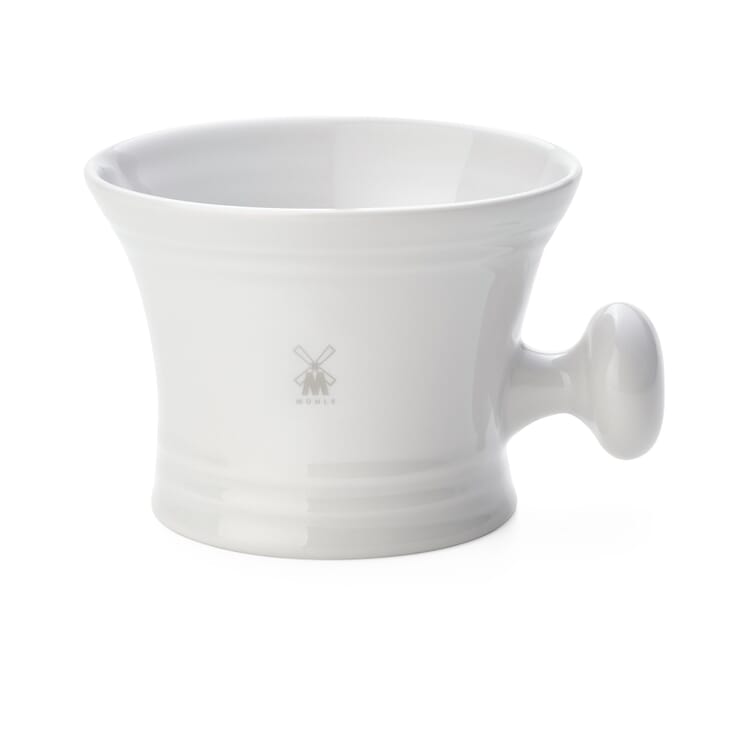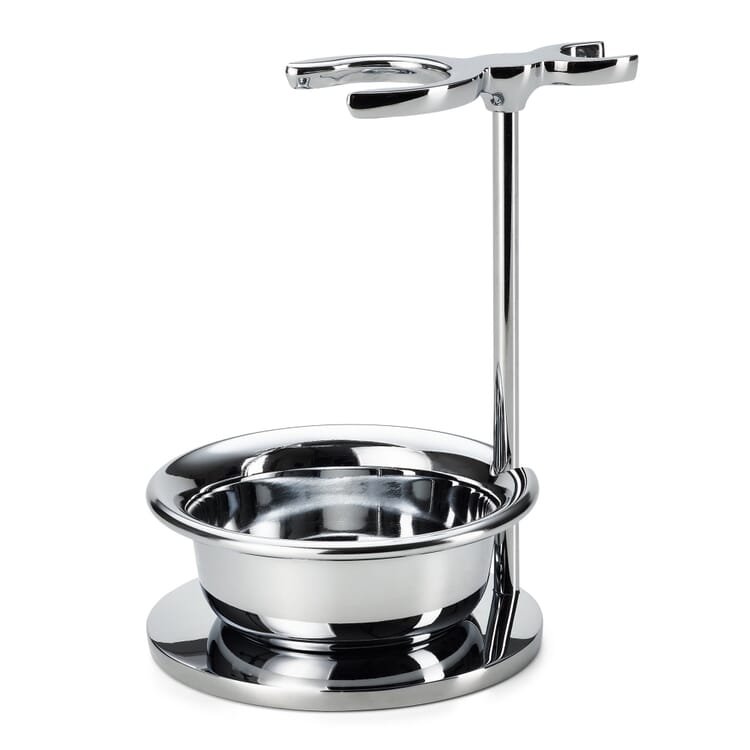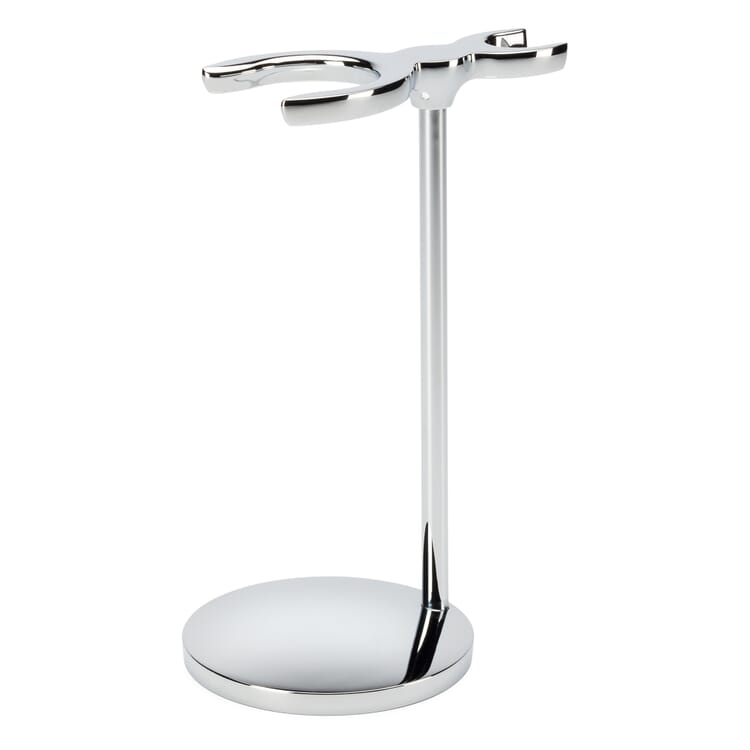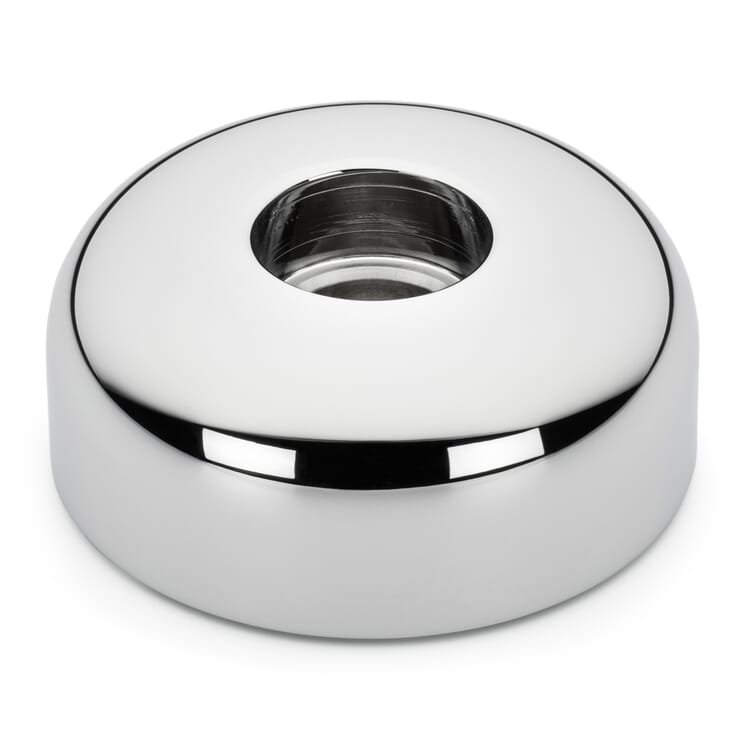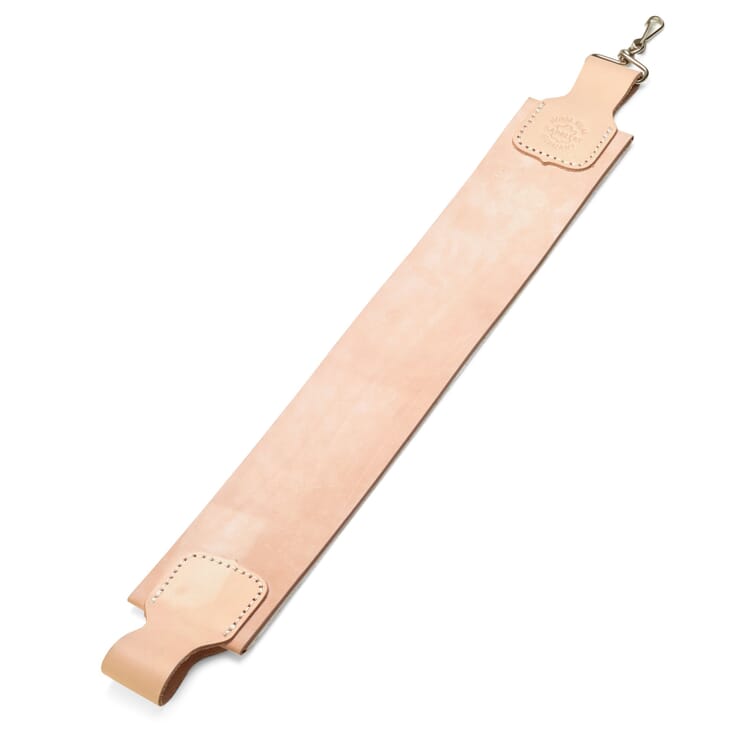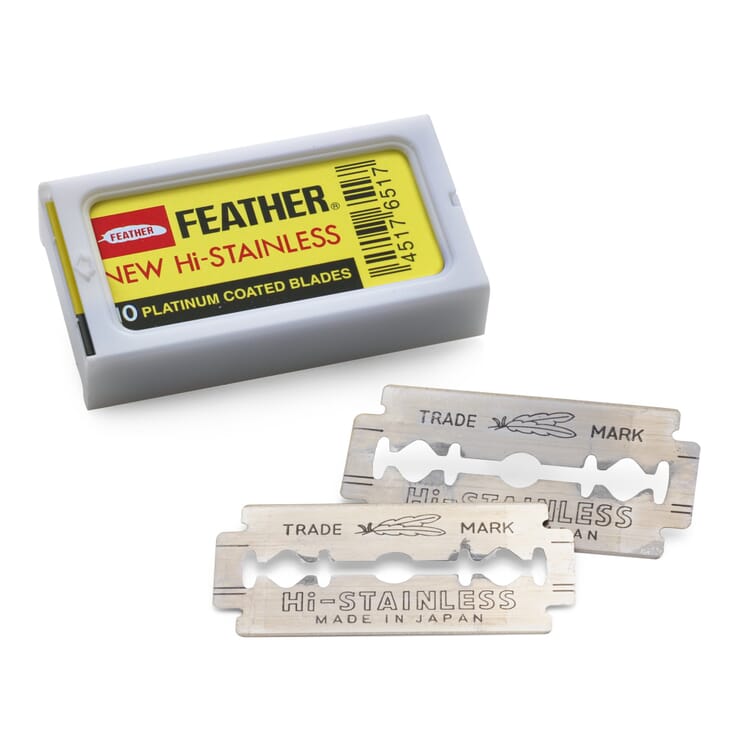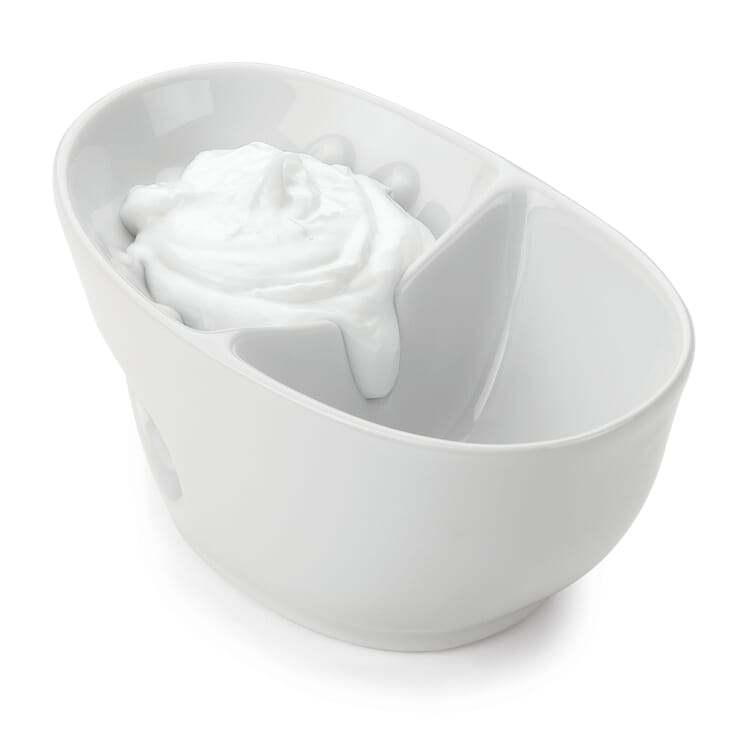- Outdoor lighting design
- Balcony fruit. Rich harvest in the smallest space
- Bella crema. Tips for the preparation of espresso
- Create and green Benjes hedges
- Bee friendly perennials
- Tying variants for scarves
- Flowering ornamental shrubs. 12 tips on selection, location and care
- How to bake bread
- Bullet Journal. Ideas for a creatively designed notebook
- The right juicer. A question of type
- The classic shave with razor and straight razor
- The optimal wet shave
- The advantages of a badger hair brush
- The choice of coffee maker
- Choosing the right pillow
- How to make ice cream and sorbets
- Recognize good kitchen knives
- How to recognize a good tool
- Shirt collar. Small collar science
- Coffee. From the bush to roasting
- Making coffee. Completely without pressure
- Which pan for which purpose?
- How to Pack a Suitcase
- Knife Sharpening & Sharpening
- Naturally antistatic. Carpets from natural fibers
- Sleep well, of course. With the right bedding
- How to make Pasta
- Plant propagation. About cuttings or seeds
- Wet Shaving or Dry Shaving?
- Scissors science. Garden shears for every purpose
- How to Care for Shoes
- How to make soap
- Tips for buying shoes. How should shoes fit?
- How to recognize a good espresso
- How to recognize a good garden table
Helpful tips
Wet Shaving or Dry Shaving. A Question of Smoothness


No question, all shaving methods have their advantages and disadvantages. Basically, it can be said: The less technology the device brings, the greater the demands on the skill of the user. However, this is not a bad thing, but rather means that - provided the appropriate skill and dedication - the influence on the shaving result increases.
Three arguments are usually put forward in favor of dry shaving. It can be performed independently of a water source, is quick to use and poses little risk of injury, even when used frantically. In short, it is convenient. But convenience comes at the expense of thoroughness, which in turn is the winning argument in favor of wet shaving. The reason: While the latter cuts the hair smoothly and also much closer to the root, an electric razor rasps the beard hair rather than cutting it off. The consequence: Especially with dark hair, a beard shadow can be seen again more quickly and, regardless of the hair color, it can also be felt above all. Anyone who wants to draw clear lines with their shave, which primarily concerns those willing to shave who do not want to get rid of all their beard hair, but only want to sharpen the contours, is ill-advised with a mechanical shaving head anyway.
Because wet shaving is also clearly superior to dry shaving in terms of precision. And this superiority increases even more if you choose the classic methods of wet shaving with a razor or - and this is the royal class - with the straight razor. The reason for this is obvious: The more direct the contact of the blade with beard hair and skin, the more purposefully it can do its work. And when it comes to sharpness, today's blades are no match for any supposedly more modern system.
Classic razors and razors
Razor-sharp conclusion. Which shaving method is the right one?
But even apart from the result, the wet shave can score points: Not only that shaving soaps care for the skin and optimally prepare it for shaving, the lathering of the soap and the lathering of the beard - ideally with a high-quality badger hair shaving brush - easily turns into a relaxing ritual that elevates shaving from a tiresome necessity to the status of a soothing pleasure. The resurgence of interest in the barber's craft also speaks for itself in this context.
Lack of hygiene and poor equipment are now yesterday's news. The visit to the barber is these days no longer a chore, it is rather a pleasant change in the shaving routine. What remains in the comparison of dry and wet shaving, are the potential dangers to the skin. Basically, any form of shaving irritates the skin, but the degree varies depending on the shaving method and skin type, but is also primarily dependent on the care of the device and the care of the performer. A wet shave with razor or even razor exerts in principle a greater mechanical stimulus on the skin than a dry shave, which leads to the fact that men with particularly sensitive or even impure skin prefer to reach for the electric razor. And of course, the (more or less) open blades of the plane and the knife also carry an increased risk of cuts if not handled properly.
However, anyone who
- once thoroughly familiarized with the basics of classic wet shaving,
- prepares the skin for shaving and also cares for it appropriately afterwards,
- also takes enough time with each shave
- and last but not least cleans and regularly changes or sharpens the blades, for whom the morning shave should not only go over extremely smoothly and without injury - he can often hardly imagine any other option. In any case, it is no other way to explain that shaving with razor and straight razor in recent years from an almost extinct art to a valued alternative has become. Specific questions about the classic wet shave we answer on our detail page to razors and razor planes. And the matching shaving accessories can also be found with us. Now it's your turn. The only question is: Which method should it be?

